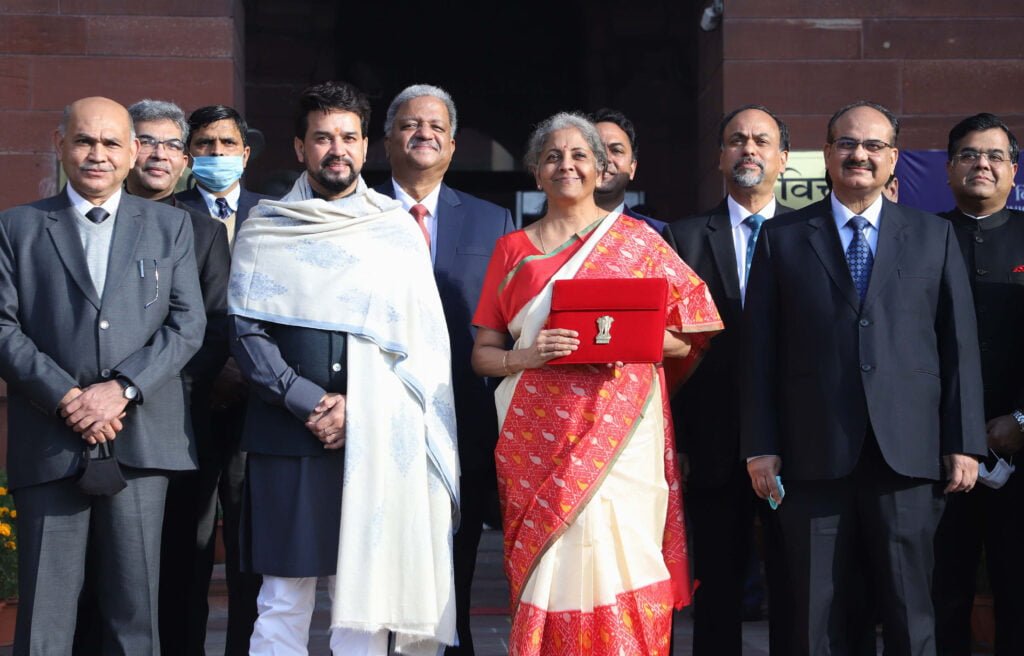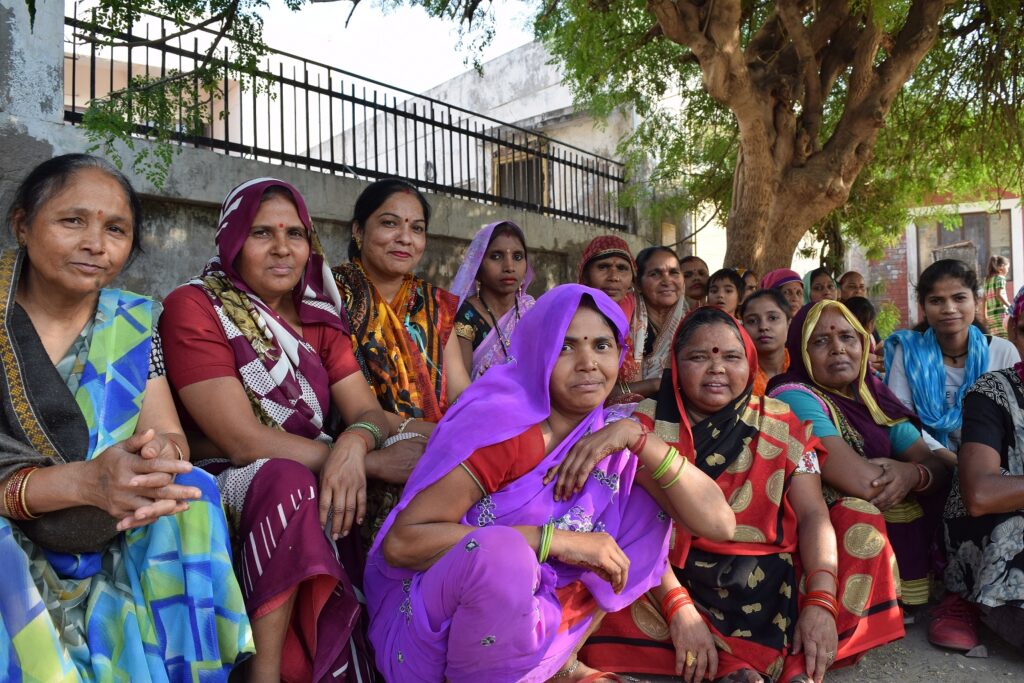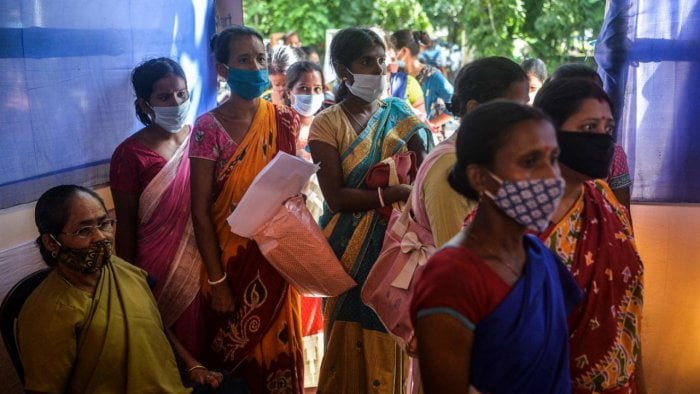The first budget in ‘Amrit Kaal’, for an empowered and inclusive economy for the year 2023 in the union budget was introduced by the Finance Minister, Nirmala Sitharaman. With the growth and creation of a stable macroeconomic environment through the redemption of taxes in the economy, being inclusive of backward, economically weaker sections (EWS), farmers, youth, women, and many others and understanding the middle-class priorities, the new budget regime in the Amrit Kaal is fastening its belt. Changes in the new income tax rule in rebate limit and tax slabs and the proposal of ‘no income tax’ for individuals possessing an annual income below 7 lakhs is attaining publicity.
Considering both working and household makers, it is necessary to keep track of the development of the budget and what it means for the middle-class women in the household. Enabling self-help groups (SHGs) to achieve the next step of economic development and empowerment, the new funding technique enhances advanced skill training, access to efficient promotion and creation in technology, marketing, social security field, and many more.
In India, the overall sex ratio counts more women than men. For every thousand men, India has a thousand and twenty women in the country. However, under the new scheme of one-time savings for women, ‘Mahila Samman Saving Certificate’, the system offers savings for women and girl children in the house for two years till March 2025 with a fixed rate of 7.5 percent interest. Under the scheme, a deposit of up to two lakhs can be made either in the name of a woman or a girl child for a maximum tenure of two years.

Considering both working and household makers, it is necessary to keep track of the development of the budget and what it means for the middle-class women in the household. Enabling self-help groups (SHGs) to achieve the next step of economic development and empowerment, the new funding technique enhances advanced skill training, access to efficient promotion and creation in technology, marketing, social security field, and many more. Despite the government targeting women and the middle class in the budget 2023-24, particularly, the accountability of benefits that the new schemes provide side-line prior demands of the economy in adjournment.
Mahila Samman Saving Scheme: What and why
In India, for several reasons, women face challenges in the field of finance. Lower wages and limited access to employment opportunities for women are prevalent in the country. Saving schemes provide aid for the economic stability of the person in the workplace and household. Women often face the burden of healthcare and education expenses individually and in their families. Saving schemes set aside a monetary fund for necessities.
Also read: Gender Budget 2022-23: Have The Challenges Faced By Women Been Adequately Addressed?
As a socially repressed class in society, many of them are denied education, healthcare, and job opportunities. The financial inclusion and providence of new saving schemes reform the access to formal banking and financial services to women. Mahila Samman Saving Scheme will help to bridge the gap as well as to provide women with a safe place to preserve and expand their capital in a convenient way in which the saving schemes allow the depositor to achieve financial security and independence in the economy.

As per the data released by Reuters. India has female work participation of 25% overall for 2021. The report denotes, it is the lowest for emerging economies. The number of working women in India dropped from twenty-four per cent to eighteen per cent between 2010 and 2020. In terms of education, the enrollment of girls in primary and secondary schools has improved in recent years, particularly in rural areas. Gender gap in terms of enrollment and providence rates needs urgent attention and intervention. The government initiatives aim to promote empowerment and education of women’s social class and the increased awareness and access to education and employment opportunities ensure equal participation of women in India.
Expansion In Gender Budget
It was in the union budget in 2005, the government of India first introduced the idea of a Gender Budget Statement (GBS) in the country. Reflecting on women-specific schemes, policies are full-fledged for improving gender inclusiveness and for giving an equal opportunity for women and men in the workplace, education, and many more.
The objective of GBS is to promote gender equality, a rational environment, individual development, and economic efficiency. A mainstream startup primarily concerning gender neutrality, gender budgeting actively benefits women in development and addresses various issues of women in the society. The program performs as a multifaceted allocation in budget planning by providing wider opportunities for women’s social groups in the country.
Often considered as the common process of budgeting, the fund is allocated primarily for the impact of public spending and taxation policies. Gender budget is a separate strategy that comprehends the requirements that are gender specific. Hence the promotion of GBS in the budgetary process enables equitable space for every gender in society and it helps in promoting gender awareness in public.
GBS ensures good participation of women in the progression of making India a developed country and it refers to the process of reviewing and examining the allocation and the financial strength of the government in attaining gender equality and empowerment of women in the budget. In the 2023 budget, India’s Gender Budget aims to reduce the gender gap and has allocated rupees of 2.23 lakh crore. The estimated rate is 2.12 per cent higher than the 2022 budget allocation of 2.18 lakh crore.
Also read: What The Union Budget 2023 Means For Minorities
Compared to the budget estimates of last year of 1.71 lakh crore, the gender budget for the year 2023 increased by 30 per cent more than the expectation. Following the union budget on February 1, 2023, the state of Kerala has announced the state budget for 2023. However, the Finance Minister K N Balagopal failed to mention GBS in the state budget. The minister put aside 21.12 per cent of allotted funds for the development of women and children. The state increased the allocation for ‘Samam’ (equal), a cultural initiative for gender equality.

While GBS is effective in the country over years, expected initiatives such as the allocation of financial assistance to improve access to health care, including maternal and child health, addressing issues of gender-based violence, and economic empowerment opportunities for women, particularly in rural areas are limited. For the implementation of political support and law provision for violence against women and girls, children, it keeps track of the prospects of the gender budget.
Also read: The Sitharaman Union Budget 2019: Will Gendered Needs Be Met?
Often considered as the common process of budgeting, the fund is allocated primarily for the impact of public spending and taxation policies. Gender budget is a separate strategy that comprehends the requirements that are gender specific. Hence the promotion of GBS in the budgetary process enables equitable space for every gender in society and it helps in promoting gender awareness in public. Targeting the upcoming election, the union budget 2023-24 focuses more on Indian middle-class women. The finance minister of India, Nirmala Sitharaman, has outstretched the channel of possibilities for women and girl children immensely.





